For the past eight years I have been blessed to work for the Reef Check Foundation’s California Program (RCCA). They do reef monitoring and protection, and marine education in 90 countries and territories around the world. In Californian, we developed a scientific monitoring protocol to be done while scuba diving within the rocky reefs and kelp forests along the coast to assess the health of the ecosystem. The data is primarily used to monitor the efficacy of a new network of marine protected areas (MPAs) up and down the coast. As if it wasn’t cool enough to collect underwater data to protect marine resources we also educate and train interested community members as citizen scientists to help do the surveys that we conduct yearly. Over the years that I worked for RCCA we trained over 1000 of some of the most enthusiastic, interesting, hardworking, and fun scuba divers that I have met and I continue to be inspired by their dedication to healthy reefs.
In addition to our work in California we have been working with Mexican commercial fishermen in Baja for the last 10 years. Along the Pacific coast and in much of Sea of Cortez the commercial fishermen are organized into community cooperatives that fish specific territories. Each coop holds concessions or rights to particular species within their territories. While the government dictates seasons and quotas, the cooperatives do varying amounts of their own self-regulation, like having active “vigilantes” who monitor all day and night for poachers. Three different cooperatives in Baja have noticed large declines in their most important fisheries and have been working with the government and a Mexican non-profit called COBI (Comunidad y Biodiversidad) to work to rectify the problem. With the help of scientists they created self-imposed MPAs, which they agreed to not fish and set aside for restoration to help repopulate their territories. We at Reef Check were brought in to develop scientific monitoring protocols to assess how well the MPAs are working and to train groups of fishermen to the do the surveys. We visit the cooperatives every year to either train or to refresh their scientific skills before doing the yearly surveys. These refresher courses are incredibly important because collecting accurate and precise data is imperative to understanding how the MPAs are functioning. The three cooperatives that we work with are on Isla Natividad, Isla Magdalena, and El Rosario. I personally worked with the coop on Isla Magdalena for 5 years. Unfortunately the cooperative decided to open up the MPA to fishing this past year, because they felt that that they were losing too much revenue from lack of fishing area. Whereas Isla Natividad just celebrated their 10th year of their MPA.
I sadly gave up my position as Regional Manager at Reef Check when we left on our sailing journey, but I let my colleagues know that I was available to help out with the Baja trainings while we were traveling along the peninsula. I was delighted to receive a message from my former boss and good friend, Jan, saying that they would like me to conduct the training this year in El Rosario. I had not yet worked in El Rosario and I was excited to collaborate with the fishermen and dive the chilly but beautiful rocky reefs and kelp forests offshore.
 In late July we checked to make sure Orion was not in the path of any hurricanes, and, satisfied, I left Jonah and the boat on a secure mooring ball in Puerto Escondido. I got a ride to the bus station in nearby Loreto with dive gear and training materials in hand and traveled to Vizcaino to meet up with my colleagues from COBI. Together we traveled to El Rosario through Cataviña, my favorite stretch of rocky desert that looks like it’s straight out of Dr. Seuss (because of the strange Cirio trees). We were welcomed by weather 10-degrees cooler than the Cortez coast (thank god) and a few of the fishermen who took us out for delicious pismo clams and fish tacos. The cooperative office, warehouse, and processing plant (known as La Planta) is clean, organized and full of guys who want to shake your hand and tell you about all that they are doing to improve their fisheries and make them more sustainable. That night we started our training right away in the classroom and got straight into powerpoint presentations of protocol techniques and species identification. We had class each evening where we refreshed how to do fish transects, algae transects, invertebrate transects, UPC transects (characterizing what the bottom looks like), and abalone size frequency surveys. Each morning we loaded up into two pangas and did two dives practicing each of the different types of transects, comparing numbers and size estimates of species after each dive. The 60 degree water was chock full of life. We swam through forests of giant kelp, home to a multitude of rockfish, wrasses, anchovies, blacksmith, abalone, and lobster. We dove through deep patches pelagophycus (elkhorn kelp) surrounded by piles of mating sea hares and kellet whelks. It was such a treat to return to this ecosystem that I have missed for a year. It was like seeing old friends.
In late July we checked to make sure Orion was not in the path of any hurricanes, and, satisfied, I left Jonah and the boat on a secure mooring ball in Puerto Escondido. I got a ride to the bus station in nearby Loreto with dive gear and training materials in hand and traveled to Vizcaino to meet up with my colleagues from COBI. Together we traveled to El Rosario through Cataviña, my favorite stretch of rocky desert that looks like it’s straight out of Dr. Seuss (because of the strange Cirio trees). We were welcomed by weather 10-degrees cooler than the Cortez coast (thank god) and a few of the fishermen who took us out for delicious pismo clams and fish tacos. The cooperative office, warehouse, and processing plant (known as La Planta) is clean, organized and full of guys who want to shake your hand and tell you about all that they are doing to improve their fisheries and make them more sustainable. That night we started our training right away in the classroom and got straight into powerpoint presentations of protocol techniques and species identification. We had class each evening where we refreshed how to do fish transects, algae transects, invertebrate transects, UPC transects (characterizing what the bottom looks like), and abalone size frequency surveys. Each morning we loaded up into two pangas and did two dives practicing each of the different types of transects, comparing numbers and size estimates of species after each dive. The 60 degree water was chock full of life. We swam through forests of giant kelp, home to a multitude of rockfish, wrasses, anchovies, blacksmith, abalone, and lobster. We dove through deep patches pelagophycus (elkhorn kelp) surrounded by piles of mating sea hares and kellet whelks. It was such a treat to return to this ecosystem that I have missed for a year. It was like seeing old friends.
I was really impressed by the guys. They took the training seriously and were excited to learn, practice their skills, and talk about everything they saw underwater. Several of them spoke excitedly of studies they do to ensure large numbers of lobsters in an area before they fish it as well as experiments with artificial reefs to create more habitat for invertebrates of interest. They also have no plans for opening their MPAs to fishing for a long time. It was refreshing to see enthusiasm for sustainable fisheries and the practices in action. It was an inspiring group that I hope to able to work with again in the future.
Thoroughly contented and exhausted I began the 12 hour bus trip home to Loreto. During the drive I thought about the value of fishing regulations created by concerned fishermen. It has become apparent to me over the years that conservation measures are more effective if the users of the environment (such as community members and fishermen) support them. It seems that the best way to do this is to get them involved with the creation, enforcement, and scientific assessment of the regulations. After all they have a lot at stake.



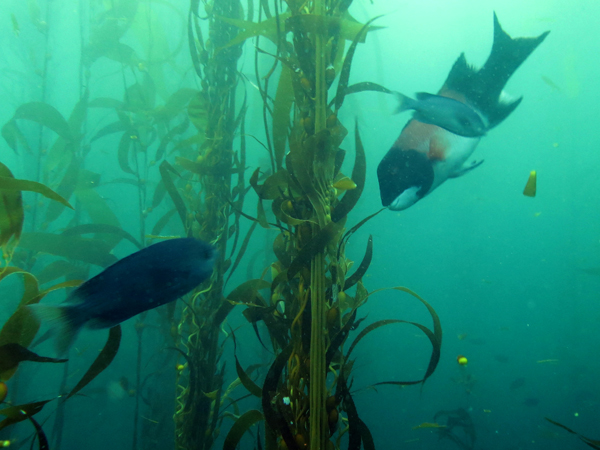
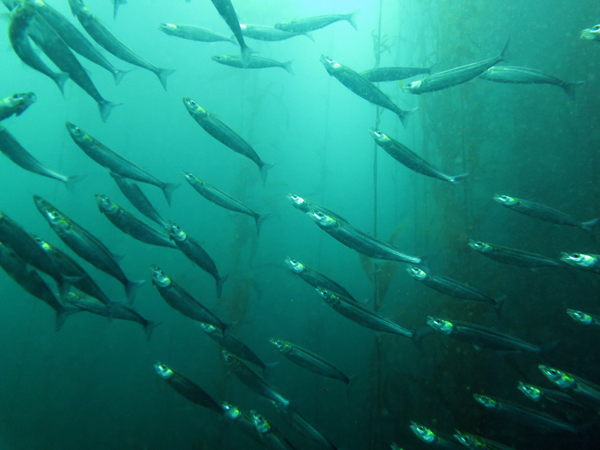
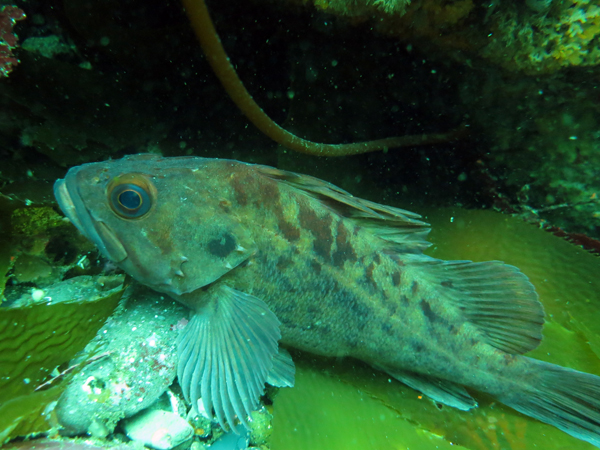
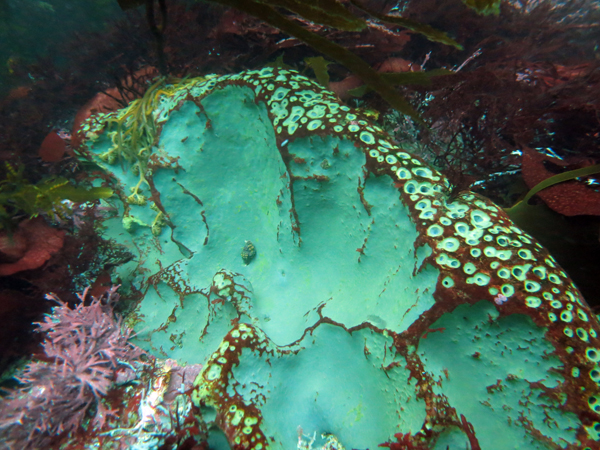

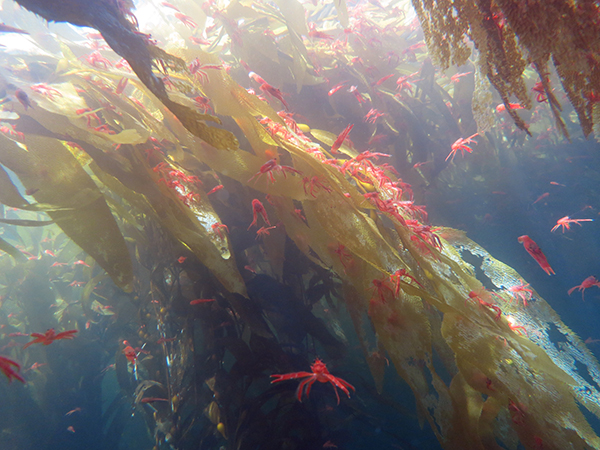
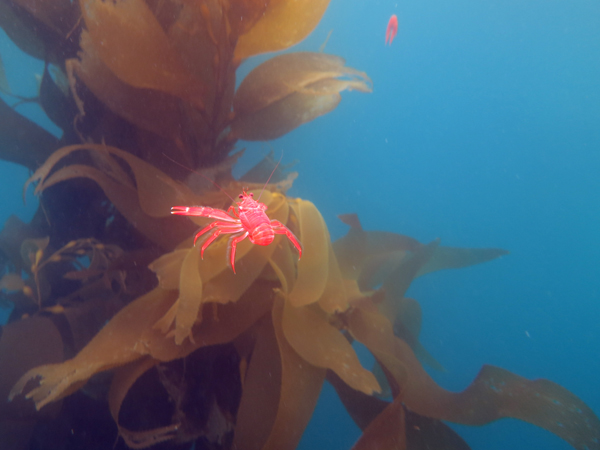





How interesting! Congrats to you, Reef Check and the fishermen of El Rosario for doing such important work to protect the marine environment of that area!!
Thanks mom